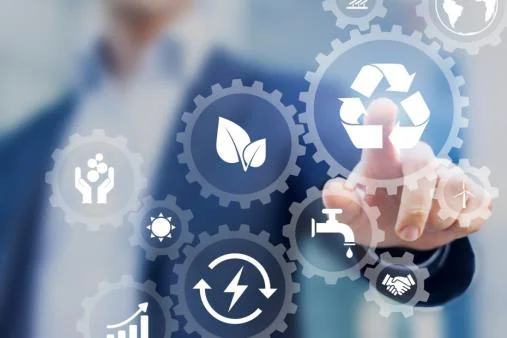Overview
Driver shortages, overcapacity in the incineration marketplace, consolidation in the industry due to extensive merger and acquisition activity, and increasing manufacturing in North America has led to industry wide pricing increases. The imbalance in supply and demand has led to a shift in the supply/demand curve.
Why is this a long-term impact?
- The transportation industry needs to recruit 1 MM new drivers over the next decade
- Incineration capacity is not expected to expand until 2024.
- Global supply chain disruptions have resulted in the beginning of bringing the supply chain closer and plans for on-shoring of manufacturing in North America. This is projected to increase waste and by-product generation.
- PFAS remediation is expected across military installations, municipalities, and airports. This is the single largest potentially new waste material to require management over the next 20 years.
- Barriers to entry (new Part B Permits for Transportation, Disposal, Storage Facilities TSDFs) continue to exist in the United States, preventing new facilities and capacities to manage materials.
How is WTS and our Stakeholders Adapting?
- Continuously review and update capabilities and capacities at TSDFs across North America.
- Stay abreast of new technologies and areas where TSDFs are optimizing their Part B Permit and facility inputs.
- Identify unique niches and “sweet spots” that exist at each facility.
- Build in the cost of disposal/transportation in pricing for processing in the case of contract manufacturing activities.
- Track and allocate waste/by-product management costs across cost centers.
- Systematically implement a by-product management plan that identifies opportunities for waste minimization and reclamation
- Evaluate all streams for alternative management potential including recycling, recovery, beneficial re-use or fuel substitution and energy from waste solutions.
- Review each stream and update waste profile descriptions where appropriate
- Are there any exclusions that compliantly can be applied to the material?
- Can the material be directly re-used?
- Is the material generated in a state that has adopted the 2018 New Definition of Solid Waste (2018 NDSW)? If yes, can the material be viably reclaimed?
- Build loads to optimize freight spend, compliantly maximizing loaded capacity.
- Evaluate alternative transportation modes (Rail, vessel, ship, barge)
We are grateful to each of our stakeholders as we adapt and seize new opportunities to continue our beyond compliance performance, provide exceptional service, deliver operational efficiencies and enhance the sustainability of our stakeholders. Please reach out to your WTS representative with any questions or thoughts on ways we can further adapt together.

